#earl of harewood
Explore tagged Tumblr posts
Text
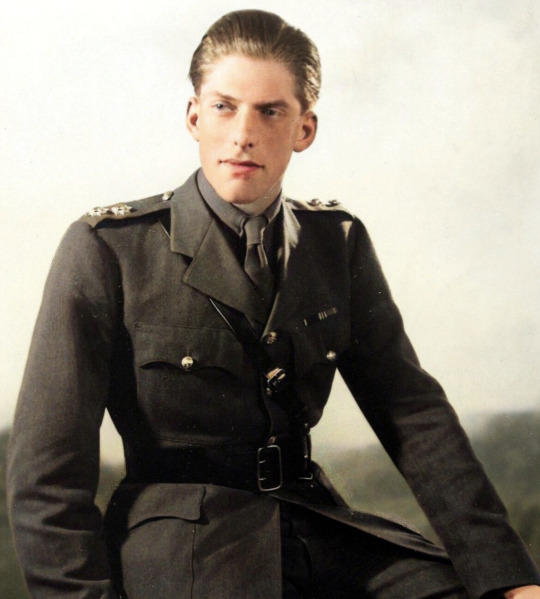
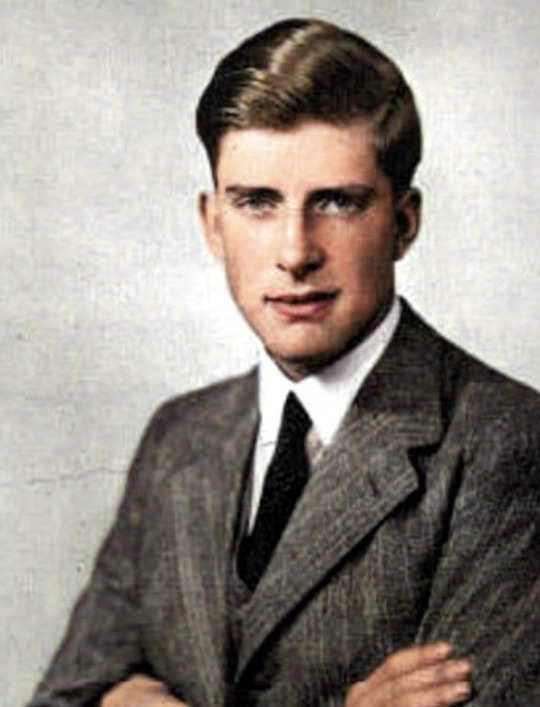



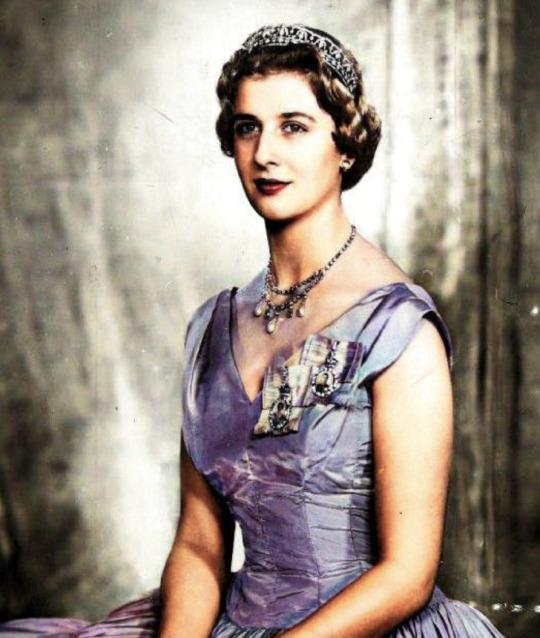

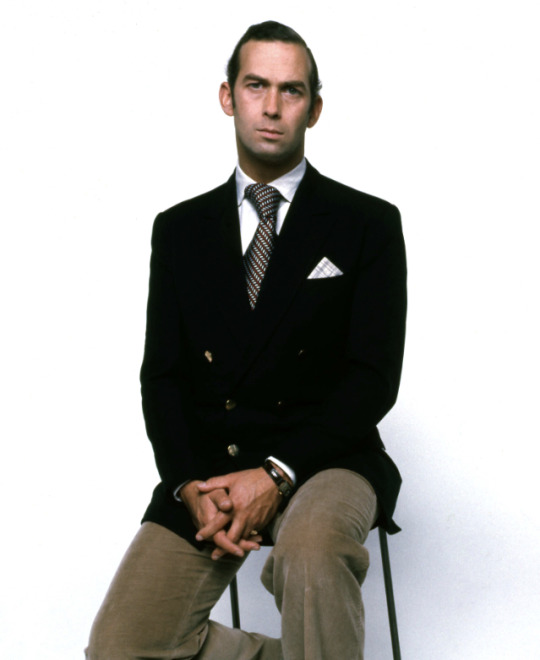

Grandchildren of TM King George V & Queen Mary:
George Lascelles, 7th Earl of Harewood (1923-2011)
The Hon Gerald Lascelles (1924-1998)
HM Queen Elizabeth II (1926-2022)
HRH Princess Margaret, Countess of Snowdon (1930-2002)
HRH Prince Edward, Duke of Kent (1935 -)
HRH Princess Alexandra of Kent (1936 -)
HRH Prince William of Gloucester (1941-1972)
HRH Prince Michael of Kent (1942 -)
HRH Prince Richard, Duke of Gloucester (1944 -)
#queen mary#queen mary of teck#king george v#george v#elizabeth ii#queen elizabeth#queen elizabeth ii#princess margaret#george lascelles#earl of harewood#viscount lascelles#gerald lascelles#duke of kent#prince edward#prince michael#prince michael of kent#princess alexandra#princess alexandra of kent#prince william#prince william of gloucester#prince richard#duke of gloucester#brf
156 notes
·
View notes
Text
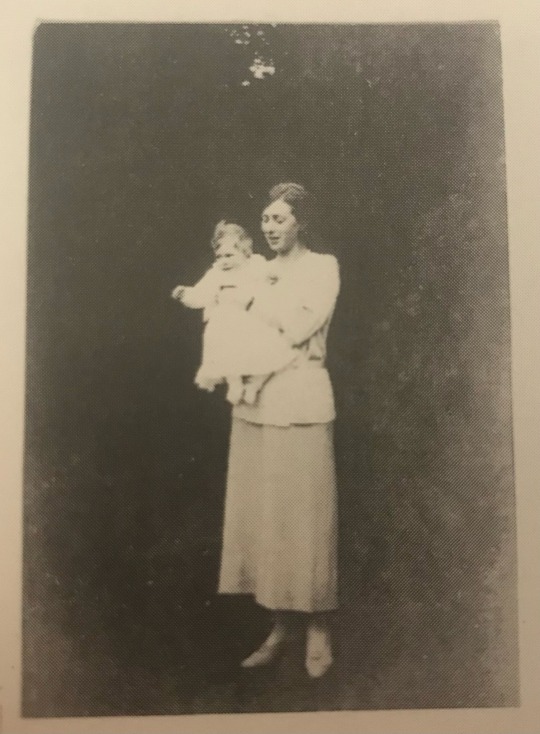
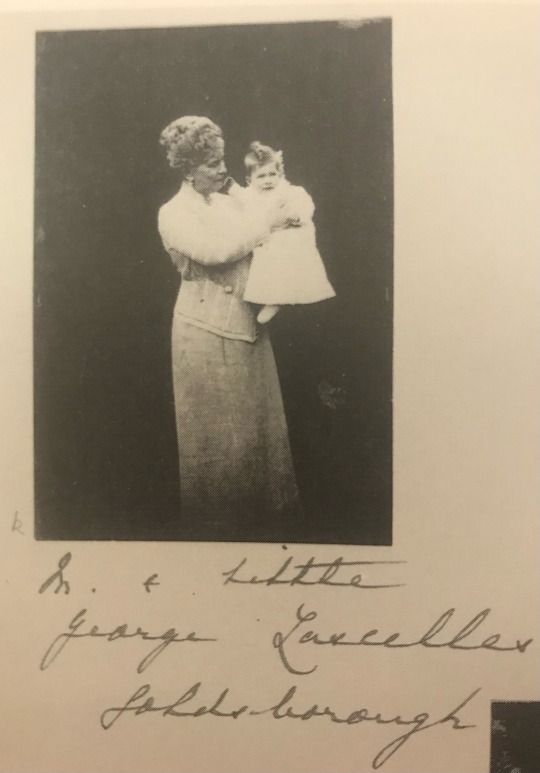

Extract from Queen Mary’s photo album showing Princess Mary with her infant son George Lascelles! And, of course, one with Grannie too!
#brf#british royal family#queen mary#george v#mary of teck#may of teck#queen mary of teck#mary princess royal#countess of harewood#princess mary#earl of harewood#George Lascelles#7th Earl of Harewood#princess mary princess royal#princess mary countess of harewood
105 notes
·
View notes
Text

4 notes
·
View notes
Text

1922 wedding of Henry George Charles Lascelles, 6th Earl of Harewood and Victoria Alexandra Alice Mary, Princess Royal and Countess of Harewood
British vintage postcard
#historic#photography#henry george charles lascelles#countess of harewood#vintage#lascelles#sepia#wedding#earl#alexandra#photo#royal#briefkaart#mary#ansichtskarte#postcard#princess#earl of harewood#charles#harewood#henry#british#postkarte#postkaart#countess#carte postale#victoria alexandra alice mary#1922#george#ephemera
4 notes
·
View notes
Note
Hello!
I apologise for just seeing this!
Contrary to popular belief Mary and Harry were actually a very devoted and loving couple who adored each other.
Mary’s eldest son George noted in his biography that he never saw his parents so happy than when they were scheming together and making plans.
Mary went to pieces after Harry died, carrying round pictures of him whenever she travelled. In the first year or two after his death she was not able to be left alone for fear that she would fall apart in her grief for him. She refused to permit any changes at Harewood to any items that Harry had installed. She even had her Christmas card picture taken beneath a painting of him, similarly to how Queen Victoria did of Albert.
After conversations with officials at Harewood House I can confirm they had nicknames for each other but they have asked that these are not revealed to the wider public as they are included in private correspondence.
Because of the age gap few could comprehend that such a marriage would be happy but the two were blissful and the best of friends, sharing passions for horse-racing, gardening, arts and culture. A particular favourite pastime of theirs would be to walk the gardens together and ask the gardeners about the rhododendrons, laughing secretly together as the running joke was the many incorrect and strange pronunciations they heard of the word. She even had these flowers placed on her wreath for him with a note that said something along the lines of (I’m afraid I don’t have the book with me to check) ‘with thanks for 25 years of perfect love and companionship.’
Hope this helps! ❤️
Princess Mary countess of harewood did she had a happy relationship With her husband Harry lascelles ?
many articles say they been in an unhappy marriage
I don't believe those articles ;/
Hello Anon! Unfortunately I don’t know much about the details of the relationship so I don’t think that I would be suitable for answering this question. People that would be great are @missmarymaywindsor and @darlinggeorgiedear
All of the information that I know is that they didn’t have the best relationship but it definitely wasn’t bad. The probably loved each other a little bit but they definitely weren’t soulmates. Henry was A LOT older than Mary, and as that wasn’t unusual for the time, it might’ve set the tones for a less happy marriage. But they ended up having 2 kids together so I don’t think that the marriage was a fail. They most likely respected eachother and found comfort in one’s presence.
Thank you for asking me questions!!!
#mary countess of hardwood#princess mary#mary princess royal#brf#british royal family#answered ask#countess of harewood#princess mary countess of harewood#earl of harewood
14 notes
·
View notes
Text
Great-grandchildren of Mary, Princess Royal and Countess of Harewood
via George Lascelles, 7th Earl of Harewood → David Lascelles, 8th Earl of Harewood
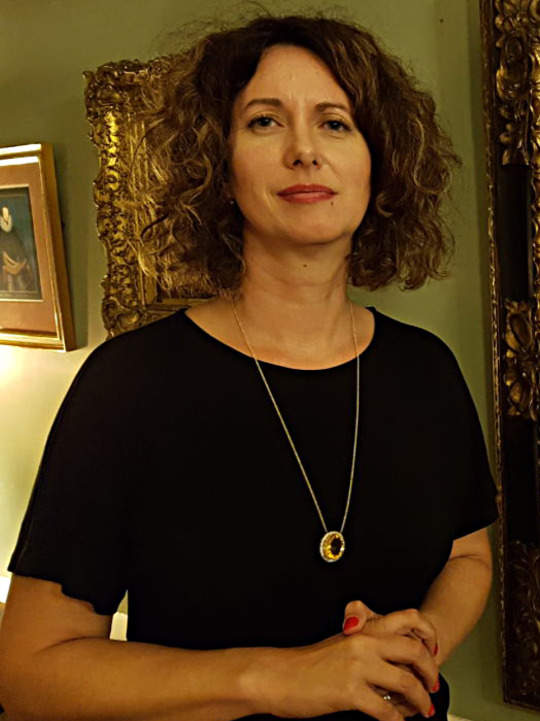

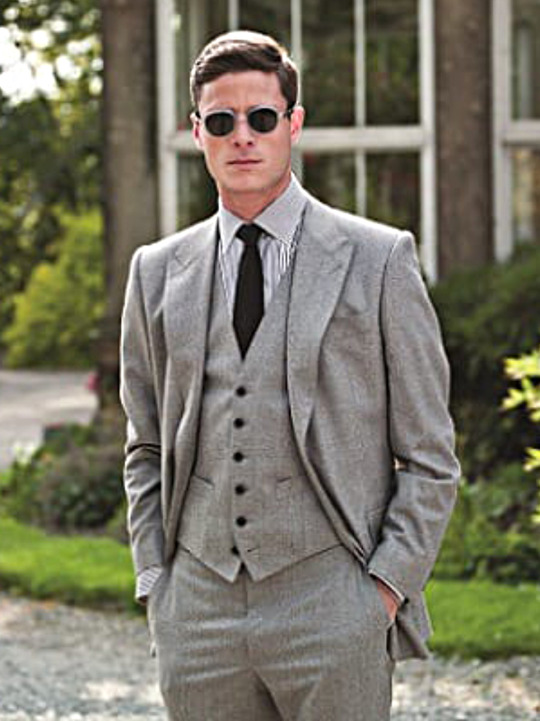

Lady Emily Tsering Lascelles Shard (1975)
Benjamin George Lascelles (1978)
Alexander Edgar Lascelles, Viscount Lascelles (1980) heir-apparent to the earldom
Hon. Edward David Lascelles (1982)
#i want to make this a series#the extended fam#hmm#mary princess royal#countess of harewood#henry lascelles#6th earl of harewood#lady emily shard#benjamin lascelles#alexander lascelles#edward lascelles#great-grandchildren series
28 notes
·
View notes
Text
The Bible - Honey Be Good

Music Video
youtube
Artist
The Bible
Composer
The Bible
Produced
Steve Earle
Credit
Boo Hewerdine - Voice, Guitar Greg Harewood - bass Dave Larcombe - drum Neill MacColl - guitar, mandolin Tony Shepherd - Keyboards, Percussion
Released
1988
Streaming
youtube
#the bible#boo hewerdine#greg harewood#dave larcombe#neil maccoll#tony shepherd#steve earle#1980s#1988#music#Youtube
1 note
·
View note
Text
Another tiara that I want back in the royal family - Queen Victoria's Sapphire Coronet (and the matching parure, if such a thing was possible).

Coronet, necklace and bracelet from the parure. I don't know what other pieces were in the parure - there may have been some brooches, earrings, one or more rings etc as well.

Edit: History
The coronet and parure were given to Queen Victoria, and passed down to King Edward VII and King George V. King George V gave the tiara and parure to his daughter, Princess Mary, the Princess Royal, when she married Viscount Lascelles, later the Earl of Harewood (Princess Mary is the Princess Royal in the picture above). After Princess Mary died in 1965, the parure and most of her jewellery was sold at auction. The coronet was kept, but was sold later. In 2016 the coronet's new owner wanted to sell the coronet to an anonymous foreign buyer, but the British Government imposed a temporary ban to stop the coronet from leaving the country, and money was raised to buy it from the new owner. The cornet ended up being owned by the Victoria and Albert museum via edge fund tycoon William Bollinger, and it is now on display in the museum. The parure remains privately owned, the owner or owners of the historic necklace, bracelet and any other pieces are not known.
46 notes
·
View notes
Note
If a monarch had a sister (with a princess title) who marries a lord, does she move down in rank or does he move up? And is it different if a brother with the prince title marries a lady?
No, the royal never changes status but they are the higher rank. They will always be Prince/Princess. For example Princess Mary married the Earl of Harewood and she became Countess of Harewood but she remained Princess Mary, Princess Royal, Countess of Harewood and addressed as Her Royal Highness rather than Lady Harewood. However, there are exceptions. In the Japanese monarchy, women who marry out immediately lose their titles and status so they would take their spouses status.
42 notes
·
View notes
Text
Non-paywall version here.
"When Arley Gill, head of Grenada’s National Reparations Committee, envisioned his work seeking repair for centuries of enslavement on the Caribbean island, one thing was certain: It was going to be a long slog.
But just two years since its founding, the task force is fielding calls from individuals around the world looking to make amends for ancestors who benefited from enslavement in Grenada.
“If you had told us this would be happening, we wouldn’t have believed you,” Mr. Gill says, crediting a burgeoning movement of descendants of enslavers getting wise to their family’s history and taking action.
In Grenada’s case, the momentum began with a public apology made by former BBC journalist Laura Trevelyan and her family in February at a ceremony on the island. They apologized for their forebears’ enslavement of people in Grenada and their enrichment from it, pledging an initial contribution of £100,000 ($130,000) toward education on the island.
“She opened the doors for people to feel comfortable” coming forward, says Mr. Gill.
In April [2023], Ms. Trevelyan and journalist Alex Renton co-founded an organization called Heirs of Slavery. Its eight British members have ancestors who benefited financially from slavery in various ways...
Heirs of Slavery says wealth and privilege trickle down through generations, and that there are possibly millions of Britons whose lives were touched by money generated from enslavement.
The group aims to amplify the voices of those already calling for reparations, like Caribbean governments. And it supports organizations working to tackle the modern-day consequences of slavery, both in the United Kingdom and abroad, from racism to health care inequities. But it’s also setting an example for others, drafting a road map of reparative justice for enslavement – at the individual level...
“Shining a light is always a good idea,” says Mr. Renton, who published a book in 2021 about his family’s ties to slavery, donating the proceeds to a handful of nongovernmental organizations in the Caribbean and England. “You don’t have to feel guilt about it; you can’t change the past,” he says, paraphrasing Sir Geoff Palmer, a Scottish Jamaican scholar. “But we should feel ashamed that up to this point we’ve done nothing about the consequences” of slavery.
Start anywhere
Most Africans trafficked to the Americas and Caribbean during the trans-Atlantic slave trade ended up in the West Indies. The wealth generated there through unpaid, brutal, forced labor funded much of Europe’s Industrial Revolution and bolstered churches, banks, and educational institutions. When slavery was abolished in British territories in 1833, the government took out a loan to compensate enslavers for their lost “property.” The government only finished paying off that debt in 2015.
The family of David Lascelles, the 8th Earl of Harewood, for example, received more than £26,000 from the British government after abolition in compensation for nearly 1,300 lives, while “the enslaved people were given nothing,” Mr. Lascelles says. He joined Heirs of Slavery upon its founding, eager to collaborate with peers doing work he’s been focused on for decades.
“People like us have, historically, kept quiet about what our ancestors did. We believe the time has come to face up to what happened, to acknowledge the ongoing repercussions of this human tragedy, and support the existing movements to discuss repair and reconciliation,” reads the group’s webpage.
For Ms. Trevelyan, that meant a very public apology – and resigning from journalism to dedicate herself to activism...
For Mr. Lascelles, a second cousin of King Charles, making repairs included in 2014 handing over digitized copies of slavery-related documents discovered in the basement of the Downton Abbey-esque Harewood House to the National Archives in Barbados, where much of his family’s wealth originated during enslavement.
“What can we do that is actually useful and wanted – not to solve our own conscience?” he says he asks himself...
“Listen and learn”
...The group is planning a conference this fall that will bring together families that benefited from the trans-Atlantic slave trade along with representatives from Caribbean governments and Black Europeans advocating for reparations. In the meantime, members are meeting with local advocacy groups to better understand what they want – and how Heirs of Slavery might assist.
At a recent meeting, “there was one man who said he wanted to hear what we had to say, but said he saw us as a distraction. And I understand that,” says Mr. Renton. “Maximum humility is necessary on our part. We are here to listen and learn, not try to take the lead and be the boss.”
Mr. Renton’s family has made donations to youth development and educational organizations, but he doesn’t see it as compensation. “I see this as work of repair. If I sold everything I own, I couldn’t begin to compensate for the lives my ancestors destroyed,” he says."
-via The Christian Science Monitor, August 1, 2023
Note: I know the source name probably inspires skepticism for a lot of people (fairly), but they're actually considered a very reliable and credible publication in both accuracy and lack of bias.
#slavery#reparations#antiblackness#racism#colonialism#united kingdom#uk#granada#caribbean#social justice#ancestry#black history#black lives matter#reparative justice#enslavement#abolition#systemic racism#good news#hope
242 notes
·
View notes
Text


King George V was very fond of his only daughter, Princess Mary, who was born in 1897. He called her his "little ray of sunshine" and gave her the title of Princess Royal in 1932. He also supported her charitable work during the First World War and her marriage to Henry Lascelles, 6th Earl of Harewood, in 1922. Princess Mary was loyal and dutiful to her father and was deeply affected by his death in 1936. She remained close to her mother, Queen Mary, and her brother George VI until their deaths. 🤍🦋
Thanks for asking @bhoooo34 ❤️🩹
71 notes
·
View notes
Text
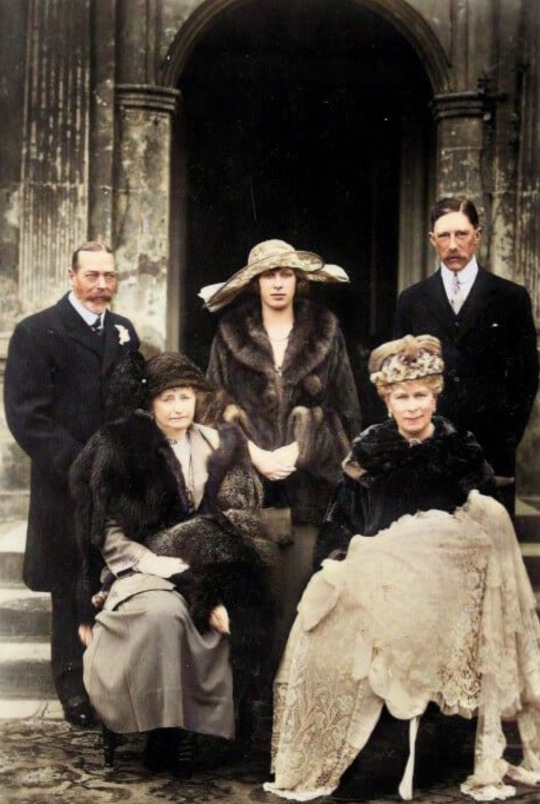
100 years ago today: King George V and Queen Mary became grandparents for the first time. Their daughter Princess Mary and her husband Viscount Henry Lascelles welcomed a son, The Hon. George Lascelles. George would succeed his father as Viscount Lascelles and again succeed him as the Earl of Harewood.
#queen mary#mary of teck#brf#queen mary of teck#george v#king george v#princess mary#princess royal#countess of harewood#George lascelles#viscount lascelles#earl of harewood#Henry lascelles#royal children#otd#1920s
66 notes
·
View notes
Text




The state funeral of King George V took place in St George’s Chapel in 1936. Mourners were led by the late King’s son, King Edward VIII. All four of King George’s surviving sons (The King, The Duke of York, The Duke of Gloucester, and The Duke of Kent) marched behind his coffin in a procession through Windsor, having partaken in the Vigil of the Princes at Westminster Hall the day prior. In the procession, they were also joined by The Earl of Harewood, the husband of the King’s only daughter, Princess Mary, the Princess Royal.
After the funeral, the late King was initially interred in the Royal Vault, but was moved to his permanent resting place in 1939. His wife, Queen Mary, was laid to rest beside him following her death in 1953.
33 notes
·
View notes
Photo

33 notes
·
View notes
Text

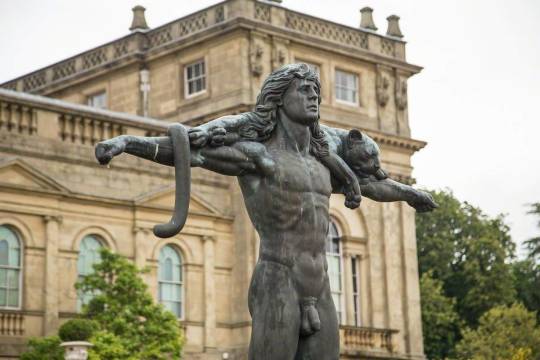
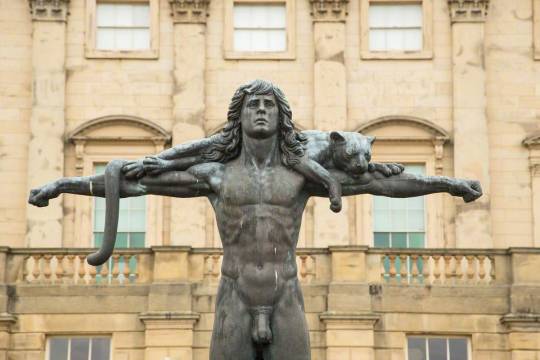

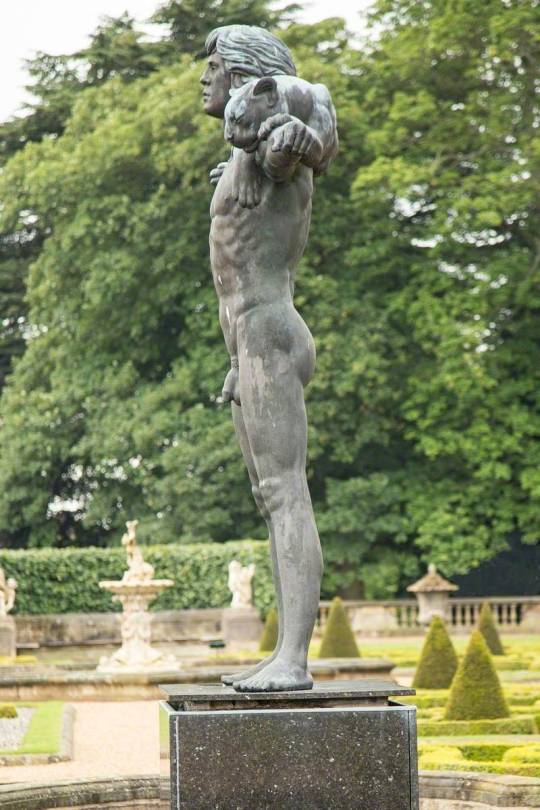
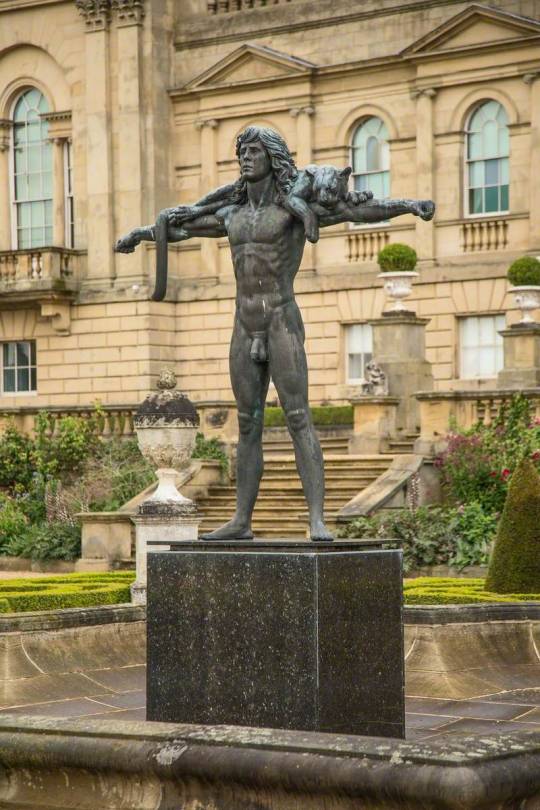
Orpheus and Leopard, 1980, bronze
Commissioned by 7th Earl of Harewood; located at Harewood House in Yorkshire, England.
Harewood was the elder son of the 6th Earl of Harewood and Princess Mary, Princess Royal, the only daughter of King George V and Queen Mary.
54 notes
·
View notes
Text
Great-grandchildren of Mary, Princess Royal and Countess of Harewood
via George Lascelles, 7th Earl of Harewood → Hon. James Edward Lascelles
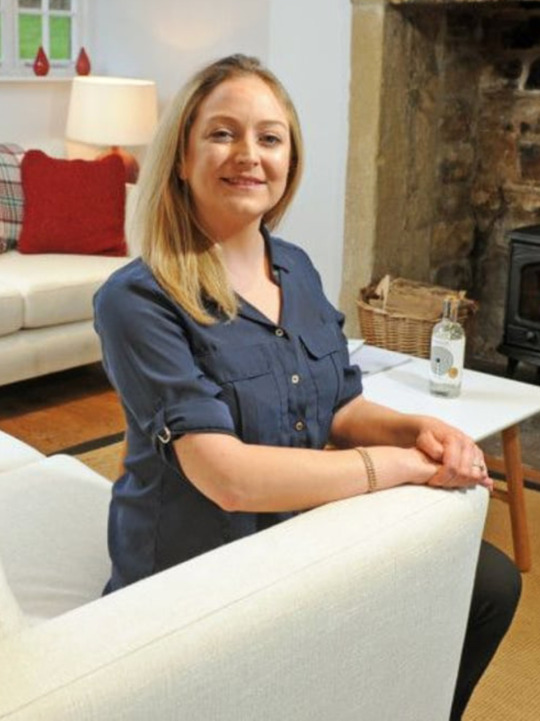
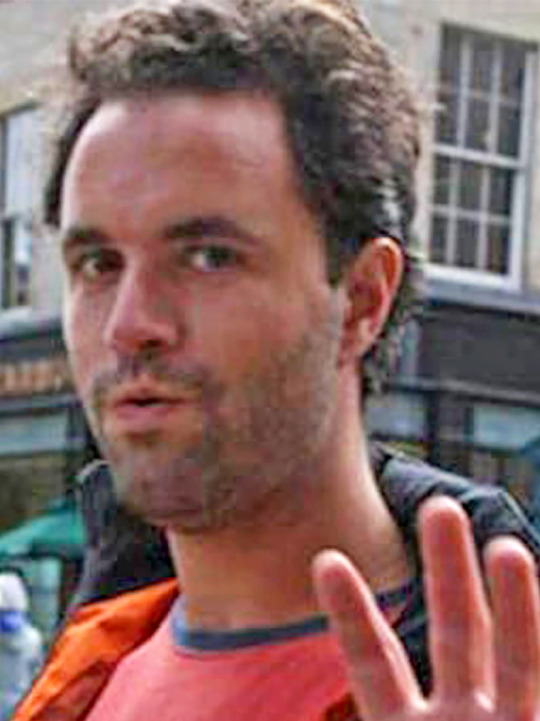


Sophie Amber Lascelles Pearce (1973)
Rowan Nash Lascelles (1977)
Tanit Lee Lascelles (1981)
Tewa Ziyane Robert George Lascelles (1985)
#apparently rowan is VERY problematic#a persistent offender#police tried to ban him from a London borough#sophie is a photographer based in the uk#tanit is a production manager and producer based in the us#she worked under Ryan Seacrest Productions#although it says in her profile that she moved to london#tewa is american#he's a punk guitarist#makes me think what the future holds for the annelets#the extended fam#mary princess royal#countess of harewood#henry lascelles#6th earl of harewood#sophie lascelles#rowan lascelles#tanit lascelles#tewa lascelles#great-grandchildren series
12 notes
·
View notes